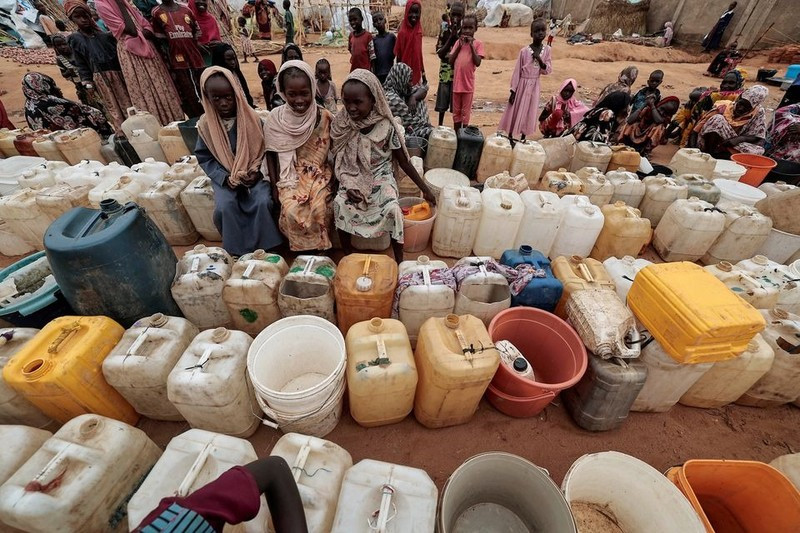The ADB defines extreme poverty as living on less than 2.15 USD per day, based on inflation-adjusted 2017 prices. Meanwhile, the term ‘developing Asia’ includes 46 emerging member economies of ADB, stretching from Kazakhstan in Central Asia to the Cook Islands in the Pacific.
With this concept, it was estimated that 155.2 million people, or 3.9% of the region’s population, were living in extreme poverty in 2022, 67.8 million more than the scenario without the pandemic and the rising living costs.
Inflation in most countries has climbed to multi-year highs, due to economic recovery and supply chain disruptions. The price hike has affected everyone, but the poor are the hardest hit, as they have to spend more on food and fuel, as well as encountering difficulties in saving and paying for their basic needs, including medical and educational expenses.
Many people are unable to save money, pay for healthcare services, or invest in education. Asia and the Pacific are slowly recovering from the COVID-19 pandemic, but the living cost crisis is undermining progress in poverty alleviation in the region, according to Albert Park, chief spokesperson for ADB on economic issues. An estimated 1.26 billion people, about 30% of the region’s projected population by 2030, will still be considered economically vulnerable.
The growing number of extreme poor in Asia has exacerbated global poverty. According to United Nations estimates, about 258 million people needed urgent food assistance due to the effects of conflicts, economic shocks and climate disasters in 2022, a sharp increase from 193 million in 2021. More than 250 million people are facing hunger at urgent levels, with many at risk of starvation, which is a worrying situation. This is seen as a reflection of a humanitarian failure, as the world is striving to make progress in ending poverty, ensuring food security and improving nutrition for all people.
According to the United Nations, 193 million people encountered food insecurity at emergency levels in 53 countries and territories in 2021, but the number expanded to 258 million people in 58 countries and territories in 2022. Conflicts and widespread migration continue to be major causes of global hunger.
Increasing poverty, deeper inequality, restrained development, climate crisis and natural disasters have also contributed to food insecurity. The widening gap between rich and poor also exacerbates poverty in developing countries. A lack of progress in narrowing the gap between rich and poor countries threatens to split the global economy, to the detriment of the world’s poorest.
The new developments of poverty in Asia in particular and in the world, in general, have created many challenges towards the efforts to achieve global development goals. To get the world back on track for poverty reduction, experts recommend governments strengthen social safety nets for the poor and promote investment and innovation to stimulate growth and job generation.
















